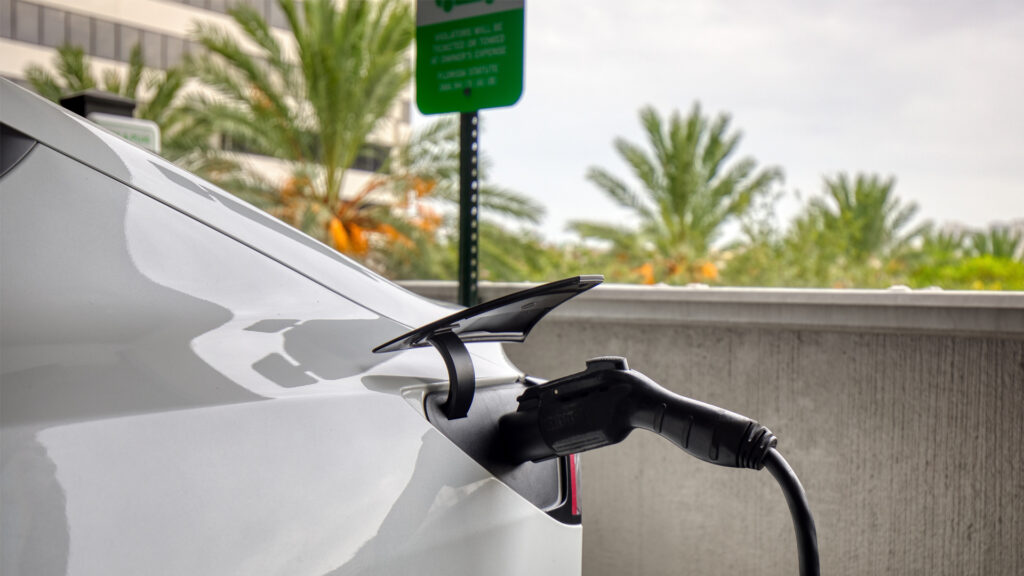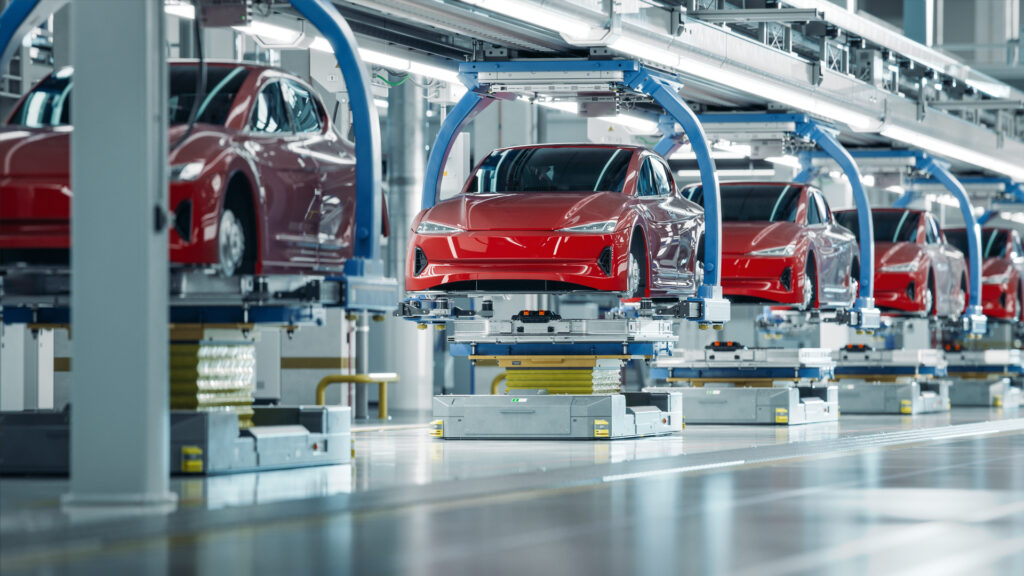By Dory Larsen, Southern Alliance for Clean Energy
Even if you’re not an electric vehicle owner or aren’t currently interested in purchasing a new or used EV as your next vehicle, there are many reasons to support American leadership in the industry.
EVs have no tailpipes, so they produce zero local air pollution, which directly leads to health risks like heart attacks, stroke, low birth weight and cancer. EVs also reduce carbon emissions and climate pollution that makes devastating weather events more common. EVs are also more affordable because of lower fuel and maintenance costs over their lifetime.
Americans deserve the freedom to drive affordable electric cars. Tax credits help support that freedom, making it easier and more affordable to purchase an EV. Any action by Congress to cancel these tax credits will reduce freedom of choice and accessibility.
Tax credits for electric vehicles

There are three main types of tax credits for EVs: vehicle tax credits for consumers, charging infrastructure tax credits and commercial EV tax credits.
1) Vehicle tax credits lower the cost at the point of sale for new and used EVs or make leasing more affordable, expanding choice and accessibility for American consumers.
2) Charging infrastructure tax credits are critical to increasing access to charging and incentivizing private capital to build more stations. Lack of access to charging is one of the most common barriers to EV purchase.
We created the national highway system to ensure Americans the freedom to travel reliably between various areas of our country. In the same way, charging station tax credits help make charging stations more accessible everywhere, giving Americans the freedom to drive EVs longer distances to different places.
3) Commercial EV tax credits (Section 45W) allow increased affordability for businesses and tax-exempt and often cash-strapped entities (like your local government or school district) to lower upfront premiums and transition their fleets to electric. One key feature of the commercial EV tax credit is “direct pay,” which enables tax-exempt entities like governments to access tax credits that lower the total cost of owning and operating an electric fleet.
For example, if a city wants to purchase an EV, but doesn’t have the extra upfront capital compared to the cost of a comparable gas vehicle, this tax credit will help lower that premium. Over the lifetime, the city will benefit – at a value more than that of the tax credit – in lower fuel and maintenance costs. This is a common-sense solution to reducing government transportation spending.
Federal tax credits support American manufacturing and jobs
The past several decades have seen automotive manufacturing move overseas. EV manufacturing investments create new jobs in surprising places. Did you know that Georgia leads the nation in EV and battery jobs?

Supply-side tax credits and demand-side EV tax credits work in tandem to bring manufacturing back to American communities and jobs back to American families.
Supply-side manufacturing tax credits offer manufacturers incentives to build factories here and hire American workers. And they’re working. In the past two years, several factories have begun construction, and we’re seeing 12% annual job growth in the EV sector in our region.
An anticipated 73,000 jobs will support battery manufacturing, vehicle manufacturing and charging equipment. And 31% of these jobs are concentrated in the Southeast, at places like Bluebird and Thomas Built, building electric school buses in Georgia and North Carolina, respectively.
Demand-side manufacturing tax credits help make it easier for American consumers to say yes to EVs made in the USA. As more Americans buy EVs, manufacturers will make EVs in higher numbers, thus creating stability for American workers. This positive feedback loop will make American families more prosperous.
And voters support these common-sense approaches and tax credits!
Americans deserve the right to choose the car they want to drive

EVs are a winning strategy to increase affordability, lower total costs and make our communities healthier and stronger.
Getting more clean vehicles on the road is a big step toward cleaning up our air and ensuring healthier communities. EV and charging infrastructure tax credits give Americans the freedom to drive the vehicle they choose.
EVs already have lower total costs, and tax credits decrease upfront costs and charging barriers to purchasing or leasing EVs. Tax credits also support American manufacturing leadership in the industry.
We should support continuing these tax credits.
Dory Larsen is senior electric transportation program manager for the Southern Alliance for Clean Energy. A longer version of this piece can be found at https://www.cleanenergy.org/blog/federal-ev-tax-credits-make-our-communities-healthier-stronger/. Banner photo: An electric vehicle charging (iStock image).
Sign up for The Invading Sea newsletter by visiting here. To support The Invading Sea, click here to make a donation. If you are interested in submitting an opinion piece to The Invading Sea, email Editor Nathan Crabbe at nc*****@*au.edu.



